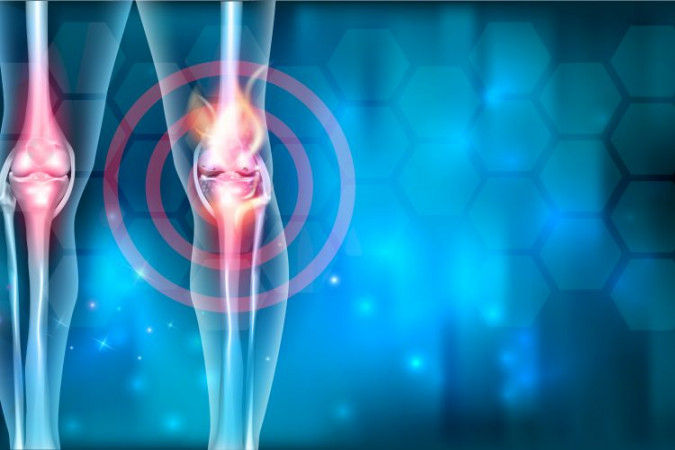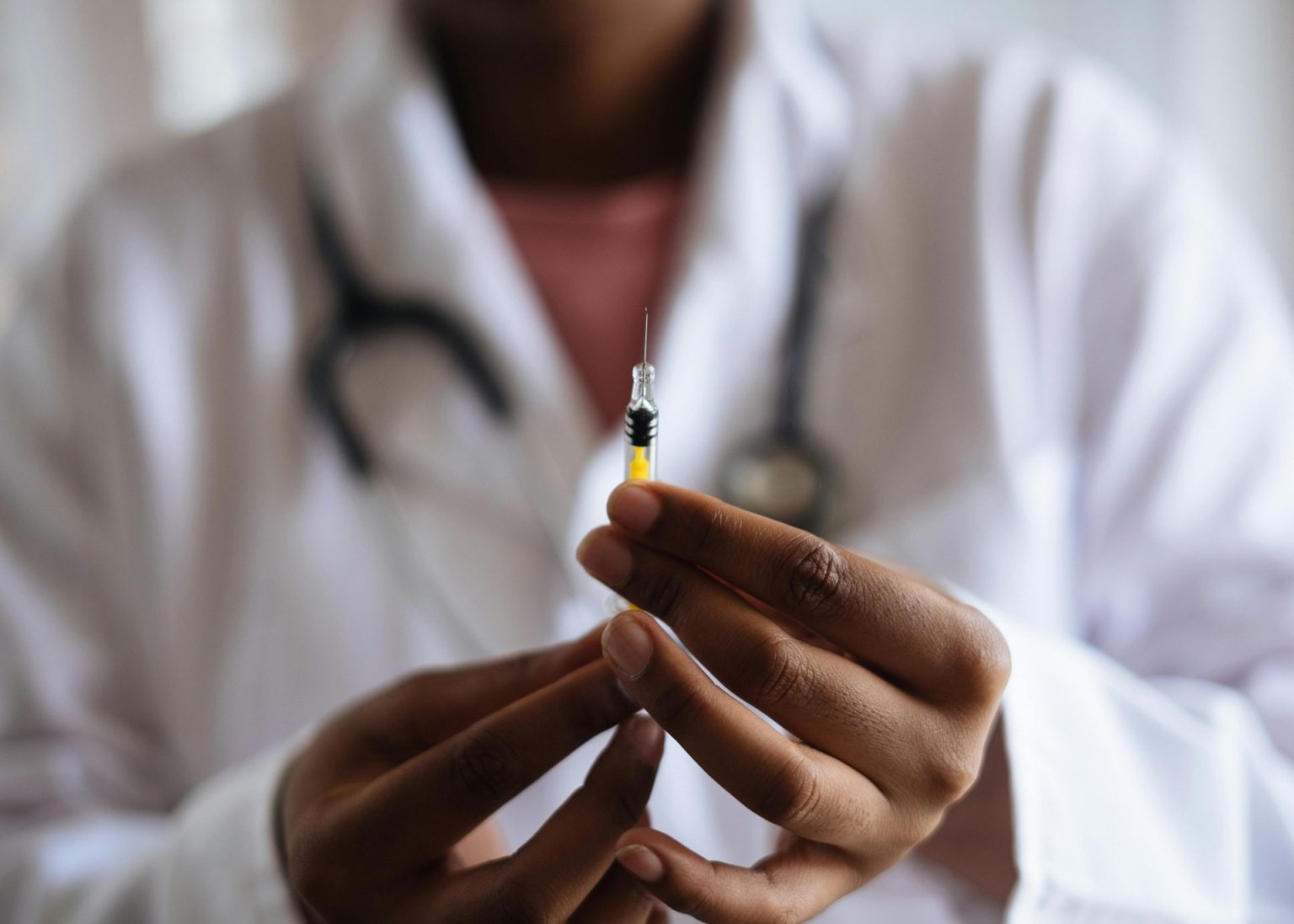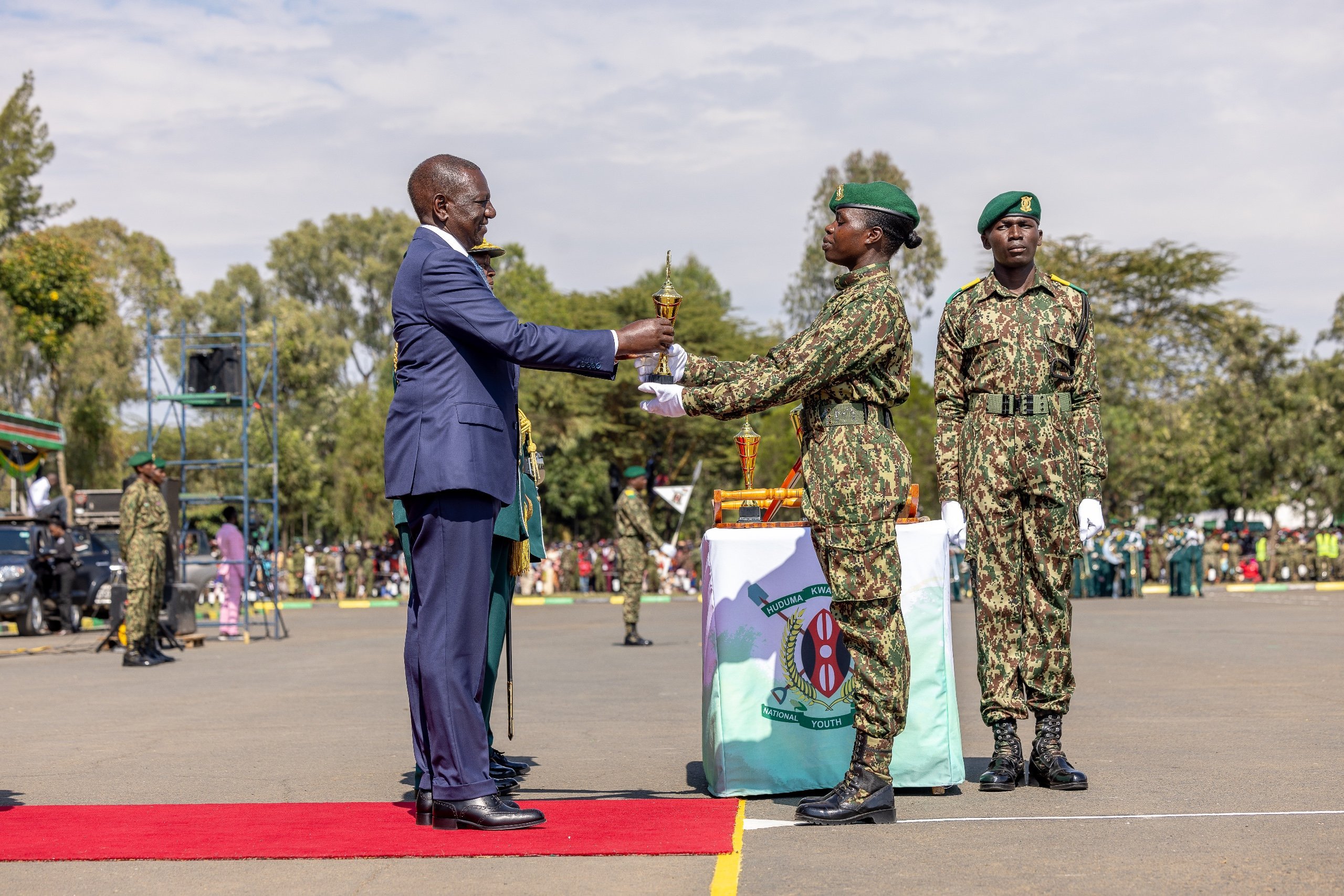Osteoarthritis: When your joints won’t just move body joints get locked

Seven years ago on one chilly morning, Jane Achieng Nyabuti relished every breath of fresh air she took as she walked downhill on the sloppy Nairobi’s Valley Road.
She was optimistic about a fulfilling day ahead at the National Social Security Fund (NSSF) where she worked.
Then suddenly, her left leg locked at the knee joint, and she suddenly could not move. She could neither bend nor straighten her leg owing to the intense pain that followed.
“I couldn’t take another step further and good Samaritans, who were walking by stepped in to help me,” narrated the retired mother of four at Kenyatta National Hospital’s (KNH) physiotherapy department where she goes for a range of motion exercises to ease the pains.
“After the incident, I tried to go to the gym for regular exercises as I tried to figure out the cause of the lock, but all that was in vain,” she recalled.
Her memory flashed back to the days when she would hear the elderly women in the village say ‘grease ya magoti imekwisha’, which loosely translates to ‘the synovial fluid of the joint had ceased’.
“The synovial fluid reduces with age and causes the cracking of the joints,” explains the head of physiotherapy unit at KNH, Kennedy Mogire, adding: “Wear and tear of the joint surface leads to inflammation of the joint.”
Real burden underestimated
Jane is among the more than 520 million people in the world living with Osteoarthritis (OA). ‘Osteo’ means of the bone while ‘arthr’ means joint and ‘itis’ means inflammation.
The focus for this year’s World Physiotherapy Day, which is marked on September 8, is osteoarthritis and the role of physiotherapists in its treatment and in the management of people affected by the condition.
A global study by World Physiotherapy, the global body for national physiotherapy associations shows of 291 conditions studied, hip and knee OA was ranked as the 11th highest contributor to disability.
Another report by the National Library of Medicine— National Centre for Biotechnology Information, also complemented the study saying hip and knee OA is one of the leading causes of global disability.
Methodological issues within this study make it highly likely that the real burden of OA has been underestimated.
“With the aging and increasing obesity of the world’s population, health professionals need to prepare for a large increase in the demand for health services to treat hip and knee OA,” says the report.
Mogire says Osteoarthritis is the most common joint condition and can have serious impact on a person.
Jane bid good-bye to house and other chores after the left knee locked.
“I was not able to climb the stairs, because of panting. Prolonged pain at night became a norm and my weight increased to nearly 120 kilogrammes,” she says.
As Jane looks forward to team up with the rest of the population to celebrate World Physiotherapy Day, she recalls visits to several hospitals failed to deliver relief.
That was before a friend referred her to the KNH physiotherapy unit where she was put on a three day per week exercise programme that has resulted in marked improvement.
“This was a breakthrough for me. A relief to my suffering. They have walked the whole journey with me. My weight came down to below 100 kgs,” Jane told Your Health as she worked out at the gym.
Daniel Masika, a senior physiotherapist says OA can be caused by old age, gender (affects female more), obesity or even joint injury while primary OA that constitute 95 per cent of the cases comes with old age.
“It usually affects just a few joints, such as joints of the hands, knee, hips and spine,” he says.
There is a predisposition to OA —previous trauma, congenital deformity, systemic disease or marked obesity.
Seek medical attention early
Wycliffe Iyadi Tatayo a senior physiotherapist at the KNH describes OA as form of arthritis, a condition that causes pain, joint suffering and swelling.
Iyadi says there are two types of OA: primary and secondary, they have the same symptoms, but different causes.
Wear and tear on joints as people age cause primary OA. Therefore, it starts showing up in people between the ages of 55 and 60. Theoretically, everyone experiences cartilage breakdown as they get older, but some cases are more severe than others.
Secondary OA involves a specific trigger that exacerbates cartilage breakdown.
“Some of the most common triggers for this type of OA, include injury whereby bone fractures increase a person’s chance of developing OA and can bring about the disease earlier, obesity where every extra body weight exert more pressure on the knees and hips. The weight speeds up the wear and tear of joint cartilage,” he says.
Other causes, he says, include inactivity, which can cause obesity and weaken the muscles. “Weak muscles mean poorly aligned joints and greater risk for OA,” he says.
Researchers have also found that OA runs in families, so certain genes could also put you at risk. Diseases that cause inflammation can also affect cartilage and one such disease is rheumatoid arthritis.
Lyadi says those affected by both types of OA should seek medical attention early.
“A tendency to buy drugs, such as pain killers over the counter has been abused. They come for treatment late. Proper treatment schedule and diagnosis is key,” he says.
He lists gout associated with roast meat and alcohol and rheumatoid in which the body immune system fights against normal cells, as two other common forms of arthritis.
Many still ignorant
A physiotherapist can give guidance and instruction on managing OA and methods of pain treatment. People with OA can learn from them how to increase range of motion in their joints and build muscle.
“People with OA should also maintain as much activity as they can. This can lessen other OA symptoms, relieve discomfort, and help people maintain their independence,” he explains.
Chairperson of the World Physiotherapy Day organising team in Kenya, Rose Mbugua Gitau says. knowledge levels of OA among the population is low, hence the need to raise awareness during the occasion.
She says 18,018 new patients with arthritis were captured in the outpatient at KNH in the last five years. Of the number, 230 patients with arthritis and other underlying complications were recorded in the inpatient unit.
“These included both alive and dead. At the same time an average mortality of 8.28 per cent due to arthritis was recorded,” says Rose noting:
“While it is proper to impute this mortality to arthritis, it is apparent that arthritis contributes significantly to the emergence of varied complications,” she shares.
It is estimated that over 60 per cent of patients attended to in the physiotherapy outpatient clinic are arthritis related complications, she explains.
During the global OA event, the unit partnered with other stakeholders to raise awareness and the role of physiotherapists in the management of OA. Activities included a five-kilometre walk, surgical management, capacity building and patient screening.












